Zephyranthes Herb.
rain lily, fairy lily, zephyrlily
Amaryllidaceae
tropical and subtropical Americas; southeastern United States, Central America, South America
Zephyranthes candida (Lindl.) Herb.
introduced to Asia, Australia, New Zealand and southern Africa
not weedy
terrestrialterrestrial:
(adj) growing on land as opposed to living in water
 to amphibiousamphibious:
to amphibiousamphibious:
(adj) of a plant able to live on land or in water
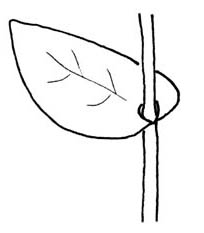 , bulbous herb
, bulbous herb
Small to medium. Bulbs black or brown, ovoidovoid:
(adj) egg-shaped in three dimensions
 or globoseglobose:
or globoseglobose:
(adj) spherical or nearly so
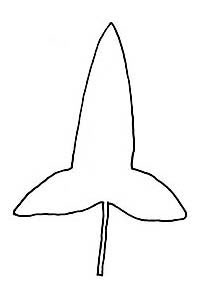 , sometimes with long neck, made up of concentric layers. Leaves sessilesessile:
, sometimes with long neck, made up of concentric layers. Leaves sessilesessile:
(adj) attached directly, without a stalk
 ; leaf bladeblade:
; leaf bladeblade:
(n) (syn. lamina) the flat, expanded part of a leaf, frond, or petal (excluding, e.g., the petiole)
 linear, smooth; apexapex:
linear, smooth; apexapex:
(n) the point farthest from the point of attachment; the tip (often pointed)
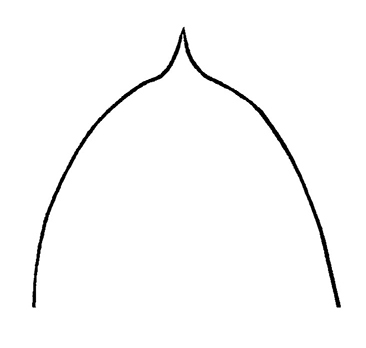 acuteacute:
acuteacute:
(adj) tapering to a sharp, pointed apex with more or less straight sides; broader than acuminate; forming an angle of less than 90 degrees
 ; base straight, sheaths overlapping; marginmargin:
; base straight, sheaths overlapping; marginmargin:
(n) edge; rim
 entire. Inflorescenceinflorescence:
entire. Inflorescenceinflorescence:
(n) the arrangement of flowers on the floral axis
 a large solitary flower (rarely 2-flowered), erect; scapescape:
a large solitary flower (rarely 2-flowered), erect; scapescape:
(n) a leafless flowering stalk arising from ground level in acaulescent plants
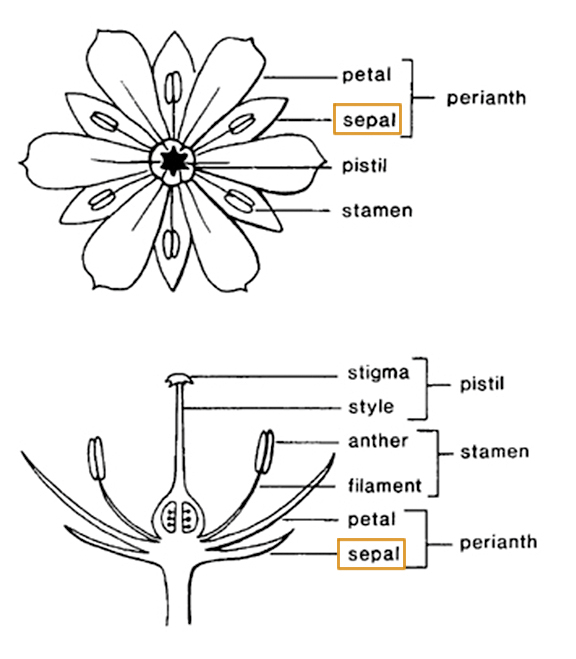 hollow; spathespathe:
hollow; spathespathe:
(n) a large bract or bracts subtending and often enclosing an inflorescence
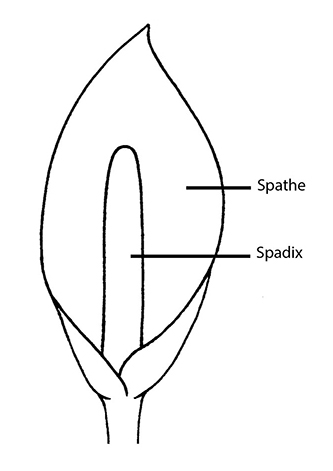 tubulartubular:
tubulartubular:
(adj) (of a corolla, perianth, calyx tube or other structure) (1) tube-shaped; cylindrical: narrow and elongate with more or less straight sides; (2) having segments fused into a tube (of any shape)
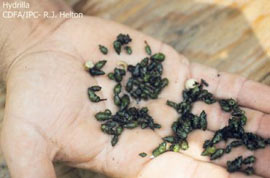 , apically 2-notched. Flowers actinomorphicactinomorphic:
, apically 2-notched. Flowers actinomorphicactinomorphic:
(adj) of flowers, having radial symmetry; capable of being bisected into identifical halves along more than one axis
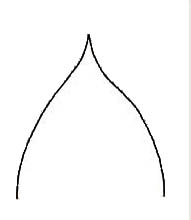 ; perianthperianth:
; perianthperianth:
(n) collective term for the calyx and corolla of a flower; also used for floral whorl(s) in which the calyx and corolla cannot be resolved; any of the leaves or bracts surrounding the sex organs of bryophytes
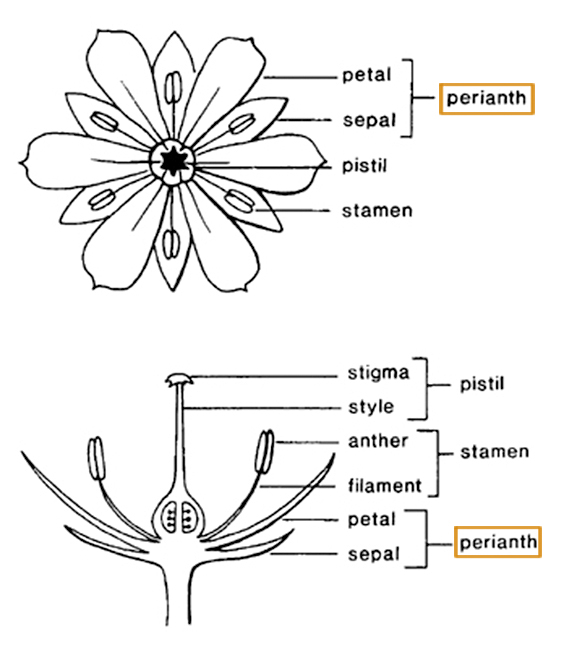 funnelform, base connateconnate:
funnelform, base connateconnate:
(adj) of plant parts congenitally united into a single structure
 into tube, often scaly in throat; tepals 6, subequal; stamens 6, of 2 different lengths, inserted at perianthperianth:
into tube, often scaly in throat; tepals 6, subequal; stamens 6, of 2 different lengths, inserted at perianthperianth:
(n) collective term for the calyx and corolla of a flower; also used for floral whorl(s) in which the calyx and corolla cannot be resolved; any of the leaves or bracts surrounding the sex organs of bryophytes
 throat; stigmastigma:
throat; stigmastigma:
(n) the portion of the pistil that is receptive to pollen
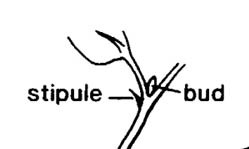 trifid.
trifid.
wetlands
While not true aquatics, many species in this genus are wetland species. Zephyranthes candida is marketed as both a terrestrialterrestrial:
(adj) growing on land as opposed to living in water
 and submergedsubmerged:
and submergedsubmerged:
(adj) (syn. submersed) under water; submerged below the water surface
 aquarium plant.
aquarium plant.